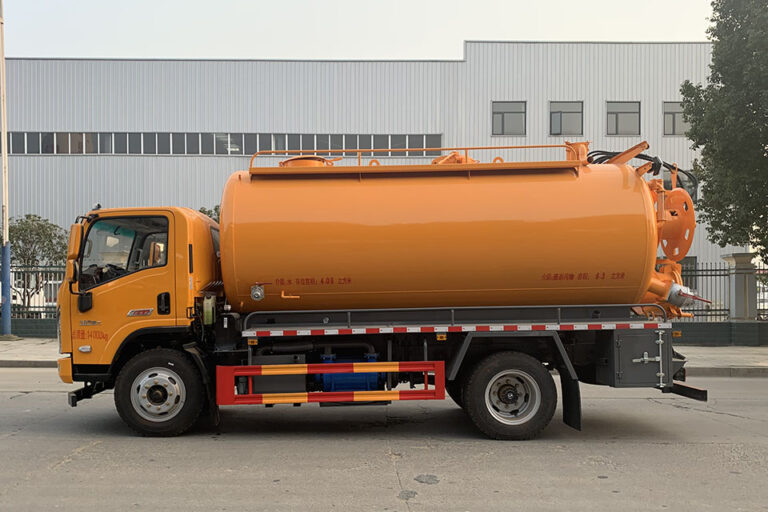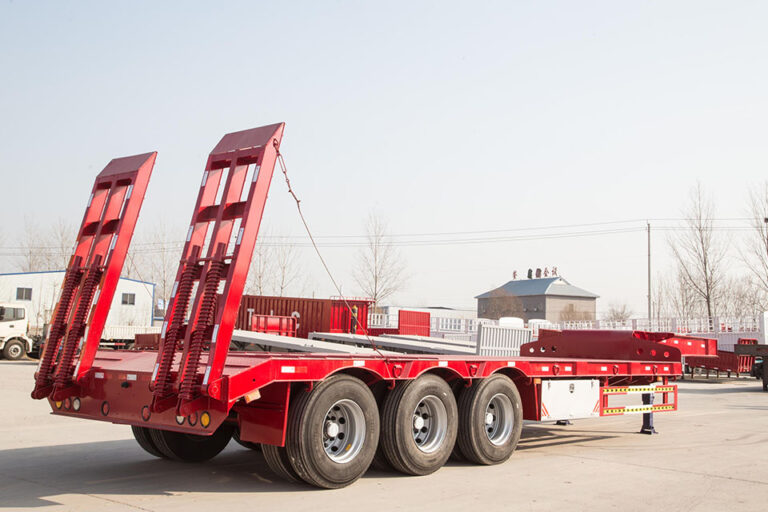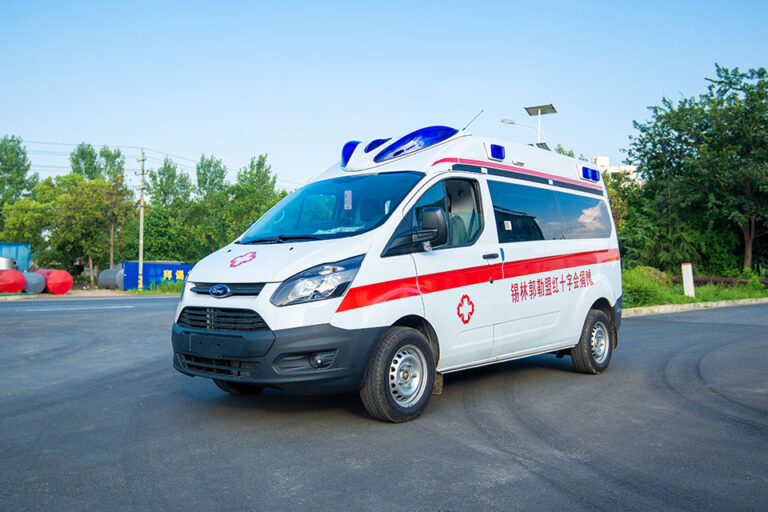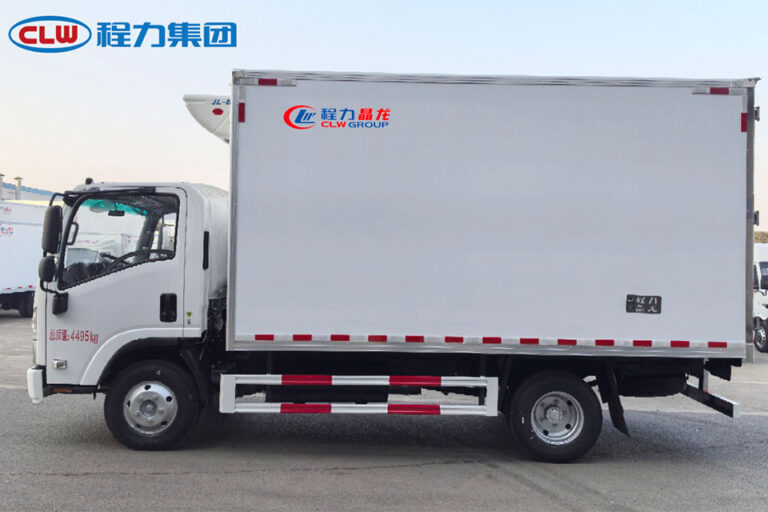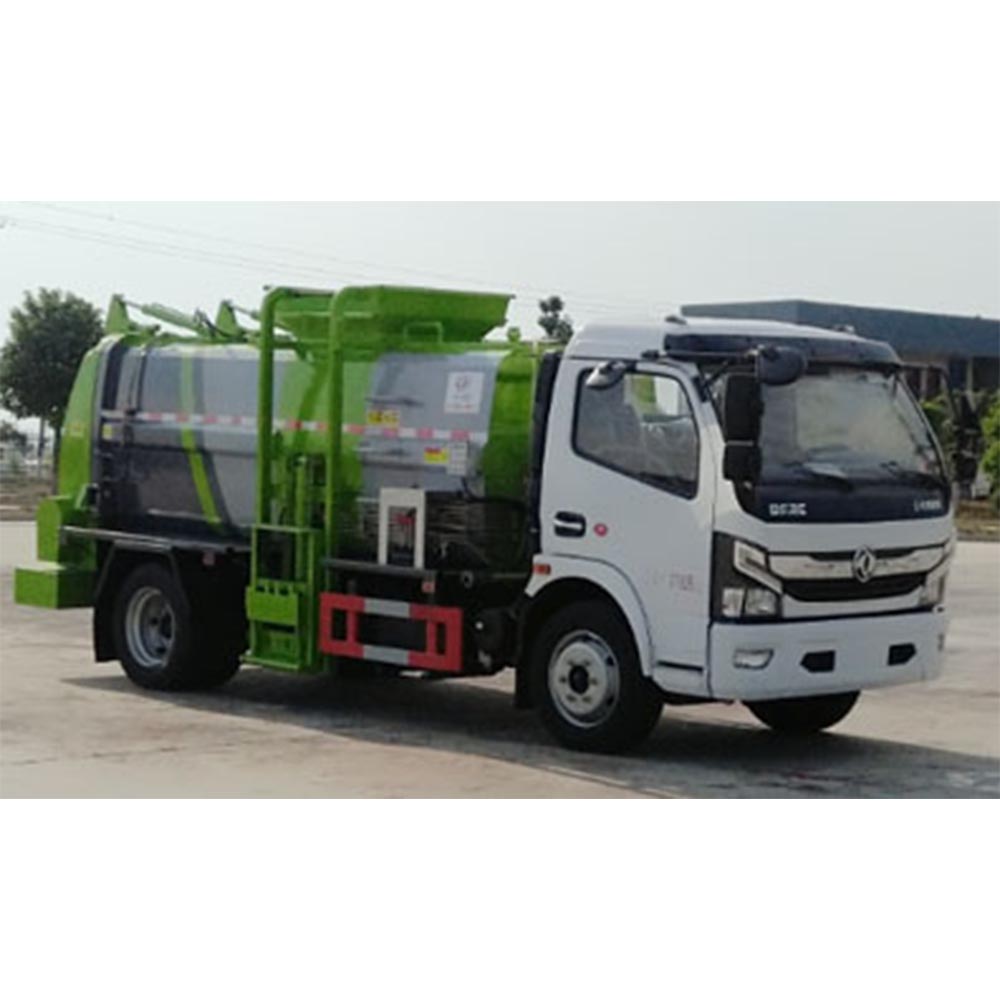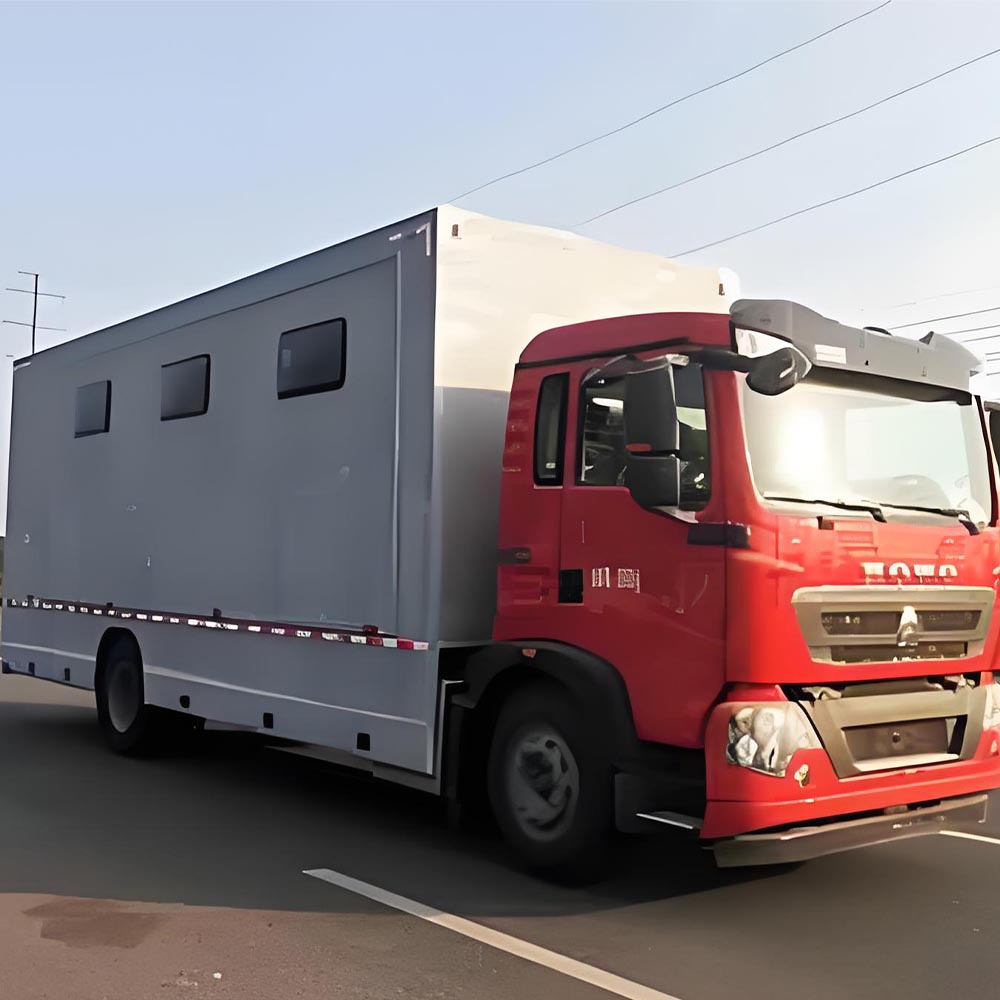-
Chengli Automobile Industry Park

What is the difference between a semi-trailer and a full trailer?
Semi-Trailer vs Full Trailer: Key Differences Explained
Are you trying to figure out if a semi-trailer or a full trailer is right for your needs? This guide breaks down all the big differences between these two trailer types in simple terms.
Table of Contents
What Are Semi-Trailers and Full Trailers?
Semi-Trailer
A semi-trailer has no front axle. It needs a tractor unit to hold up its front end. The tractor does two jobs – it pulls the trailer and holds up part of its weight.
Full Trailer
A full trailer has both front and rear axles. It can stand on its own. It uses a drawbar to hook up to a truck but doesn’t need the truck to hold it up.
Key Differences Between Semi-Trailers and Full Trailers
Let’s look at the main things that make these trailer types different:
Structure and Support
- Semi-trailer: Has no front axles. The trailer’s weight is split – half on its rear wheels and half on the tractor.
- Full trailer: Has both front and rear axles so it can stand by itself.
How They Connect
- Semi-trailer: Uses a fifth wheel coupling (a big plate) on the tractor.
- Full trailer: Uses a drawbar (like a long arm) to connect to the truck.
Weight and Load
- Semi-trailer: The tractor must be strong enough to carry part of the trailer’s weight plus provide towing power.
- Full trailer: Bears its own weight fully. The truck just pulls it along.
Comparison Table: Semi-Trailer vs. Full Trailer
| Feature | Semi-Trailer | Full Trailer |
|---|---|---|
| Structure | No front axle; connects via fifth-wheel | Front and rear axles; self-supported |
| Weight Support | Partially supported by the tractor | Entire weight on its own axles |
| Load Capacity | Larger capacity for bulk cargo | Smaller capacity (~40 ft standard) |
| Maneuverability | Easier to back up (one pivot point) | Harder to reverse (two pivot points) |
| Best Uses | Long-haul shipping, heavy loads | Local deliveries, lighter loads |
| Market Share | Dominates global logistics | Limited to niche applications |
| Safety in Weather | Better traction in rain/snow | Less stable on uneven ground |
| Cost Efficiency | Higher upfront cost but saves fuel | Lower initial cost but limited use |
| Driver Requirements | Needs special license and training | Simpler licensing requirements |
Advantages of Semi-Trailers
Semi-trailers are more popular in the logistics industry for good reasons:
- Larger capacity means fewer trips between locations
- Better fuel efficiency for long hauls
- Easier to load and unload quickly
- Better traction during bad weather like rain and snow
- Easier to back up with just one turning point
- More versatile for different kinds of loads
Want to learn more about the tractor units for semi-trailers that power these efficient haulers?
Advantages of Full Trailers
Full trailers have their own good points:
- Stand on their own without needing a tractor
- Cost less to buy initially ($5,000-$25,000)
- Lighter weight for the towing vehicle
- Good for local short-distance deliveries
- Can be pulled by more types of vehicles
Popular Types of Semi-Trailers
There are many kinds of semi-trailers for different jobs:
- Dry van semi-trailers: Fully enclosed for regular goods
- Flatbed semi-trailers: Open bed for lumber or machinery
- Refrigerated semi-trailers: For cold items like food
- Tanker semi-trailers: For liquids and gases
- Lowboy semi-trailers: For very tall or heavy loads
Check out our semi-trailer collection to see all the options available.
When to Choose a Semi-Trailer
Pick a semi-trailer when you need to:
- Ship heavy or large loads
- Move goods long distances
- Get the best fuel efficiency
- Handle difficult driving conditions
- Transport specialized cargo
- Maximize your load capacity
When to Choose a Full Trailer
A full trailer might be better when you:
- Need a lower startup cost
- Do mostly local deliveries
- Don’t have special tractor units
- Need to park the trailer separately
- Want simpler driving requirements
- Have lighter cargo to move
How They Handle on the Road
The way these trailers move is different too:
Semi-Trailer Handling
- One pivot point at the fifth wheel
- Easier to reverse and park
- Better traction in bad weather
- More stable with heavy loads
Full Trailer Handling
- Two pivot points (at hitch and front axle)
- Harder to back up (takes more skill)
- Less weight on the towing vehicle
- More independent movement from the truck
For roads with tough conditions, you might want to look into trucks specialized for semi-trailer transportation.
Cost and Efficiency Comparison
When thinking about which to buy, consider these cost factors:
- Semi-trailers: Higher upfront cost but better for long-term savings on fuel and fewer trips
- Full trailers: Lower purchase price (around $5,000-$25,000) but less efficient for big loads
Driver Requirements
The skills needed to drive each trailer type are different:
- Semi-trailer: Needs special license and training for fifth-wheel coupling and weight distribution
- Full trailer: Still needs skill but less specialized training, often uses standard hitches
Making Your Choice
To pick between a semi-trailer and a full trailer, think about:
- What kind of loads you’ll carry
- How far you’ll be going
- Your budget for buying and running costs
- The roads you’ll drive on
- Your drivers’ skills and licenses
- How often you need to load and unload

Conclusion
The main difference between semi-trailers and full trailers comes down to how they’re built and supported. Semi-trailers need tractors to hold up their front end, while full trailers stand on their own.
For big loads and long trips, semi-trailers usually win. For smaller jobs and lower startup costs, full trailers might be better.
Think about your specific needs, budget, and driving conditions when choosing between them.
Want to see more specialized trucks? Check out our guide to material handling vehicles for all your cargo needs.

